Antelope Hills

This past weekend we spent some time visiting Antelope Hills, just NW of the town of Cheyenne. The hills seem to appear from nowhere on the horizon, and the area looks like it doesn’t belong in Oklahoma.
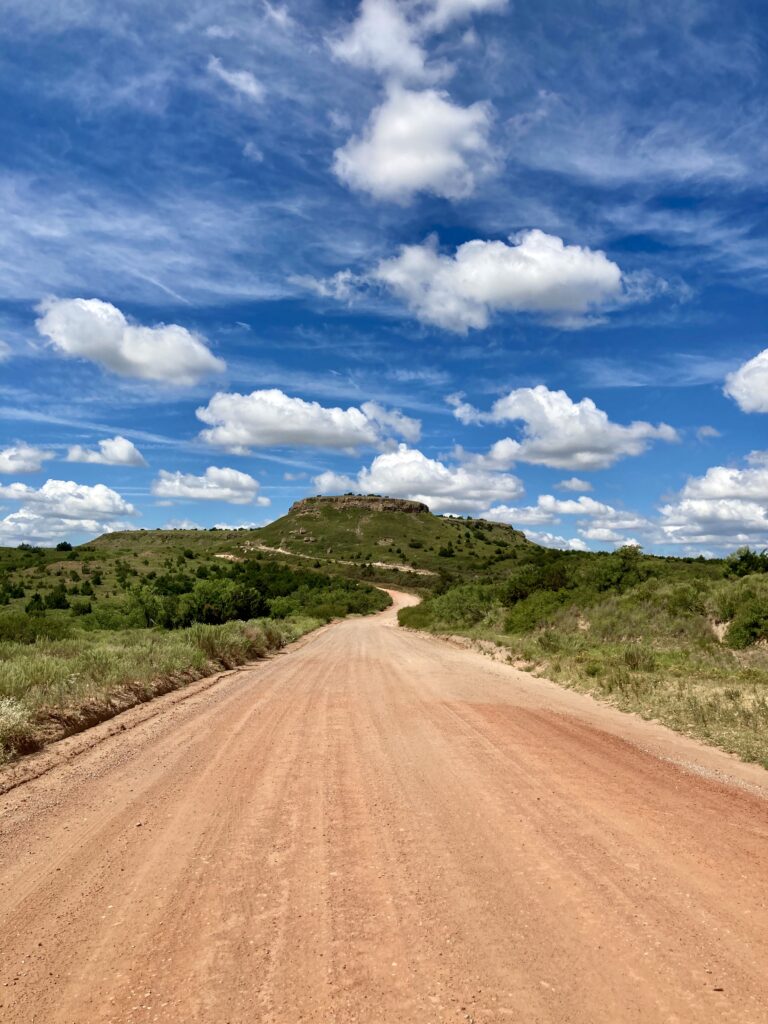
Sitting at an elevation of 2,600 feet above sea level, the Antelope Hills are located near the Texas border in Roger Mills County, Oklahoma. This area once marked the international line between the United States and Mexico. This area doesn’t get much rain, so it feels like a desert… hot, dry and low humidity. The Antelope Hills sit atop the Ogallala Aquifer formation and the petroleum-rich Anadarko Basin, which underlies the area to five thousand feet. The surface was formed from sedimentary sand, clay, gravel, and caliche deposited from ancient Rocky Mountains streams. From this ancient river sediment, the sandy soils formed in the rolling hills.
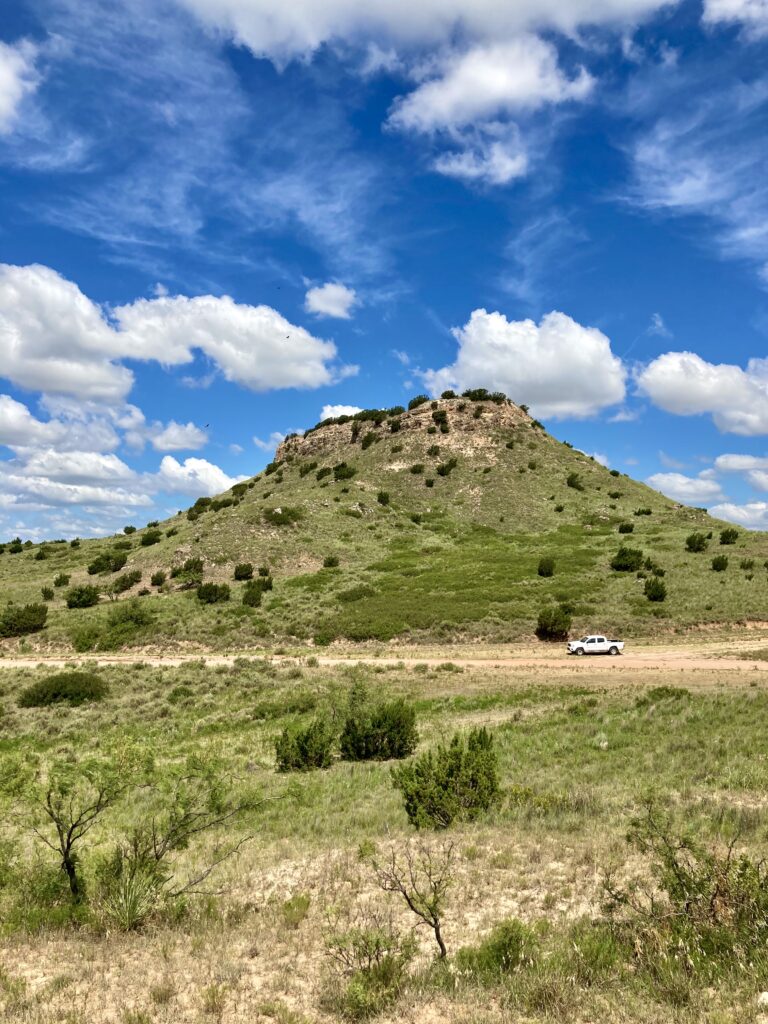
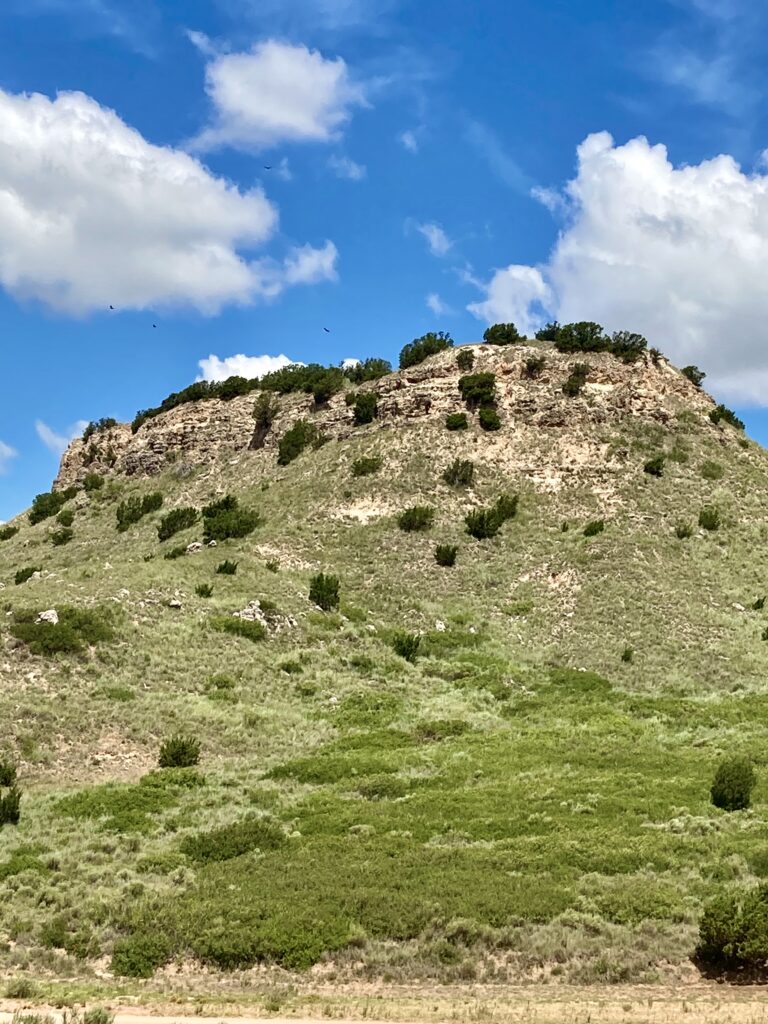
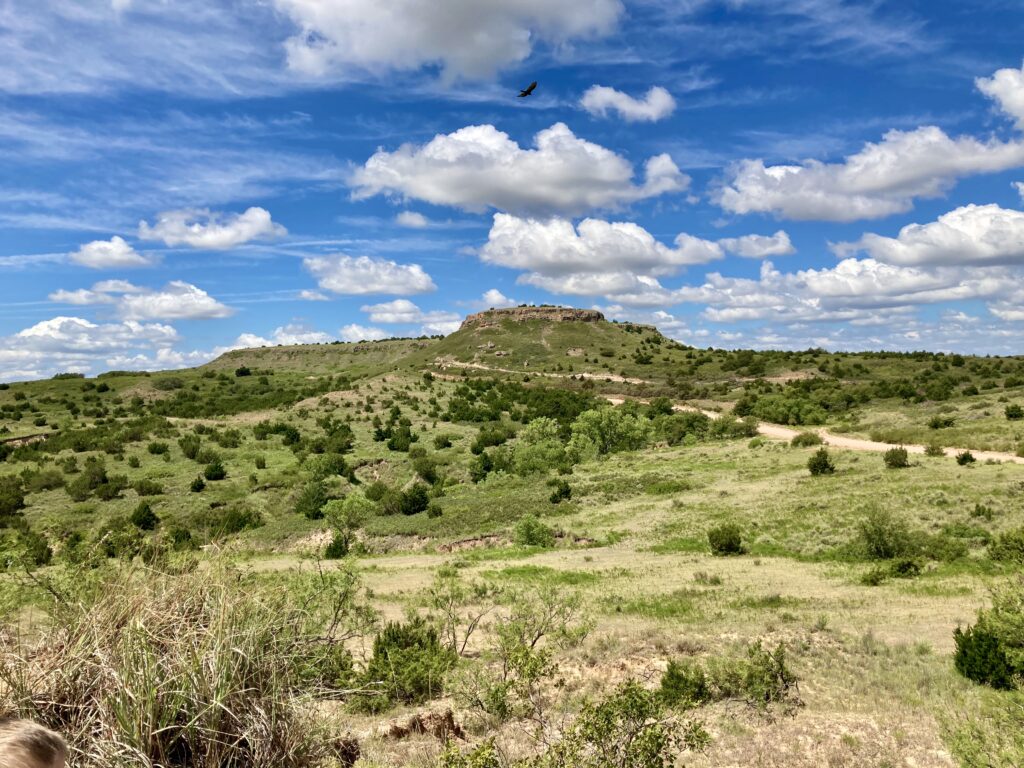
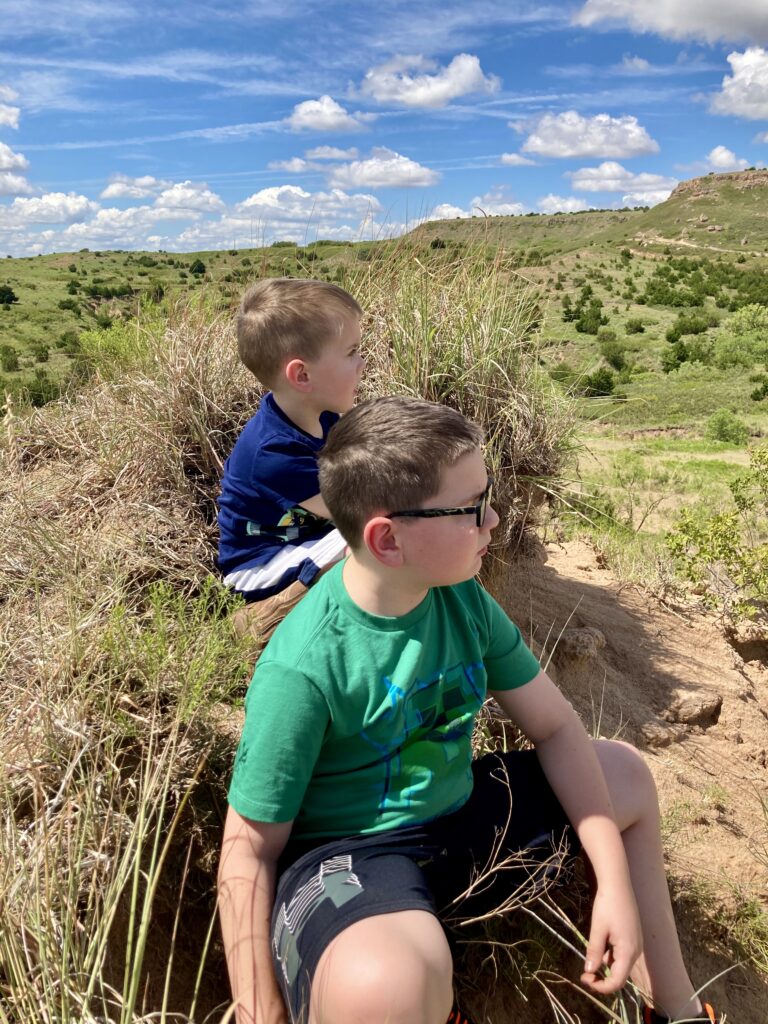

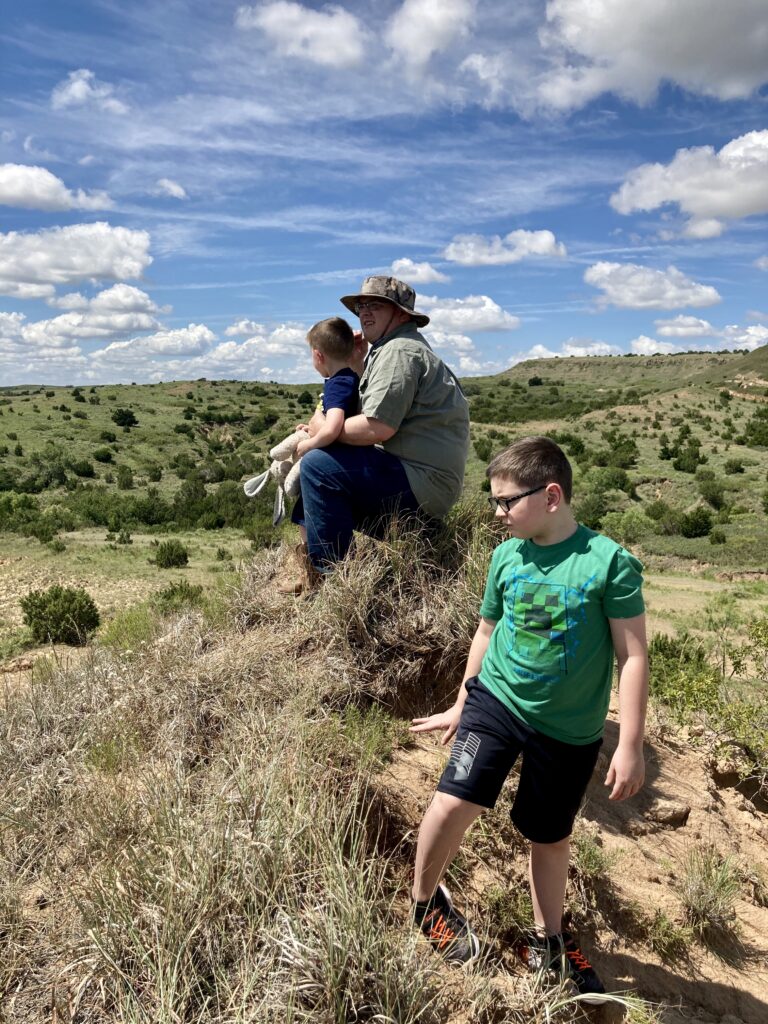
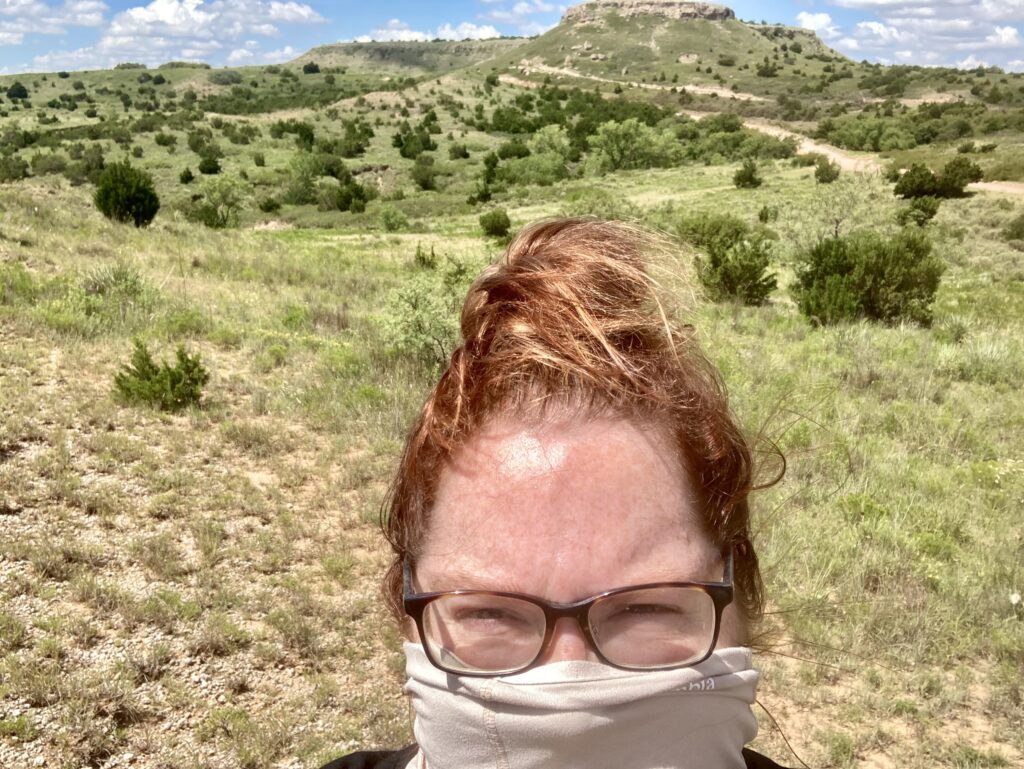
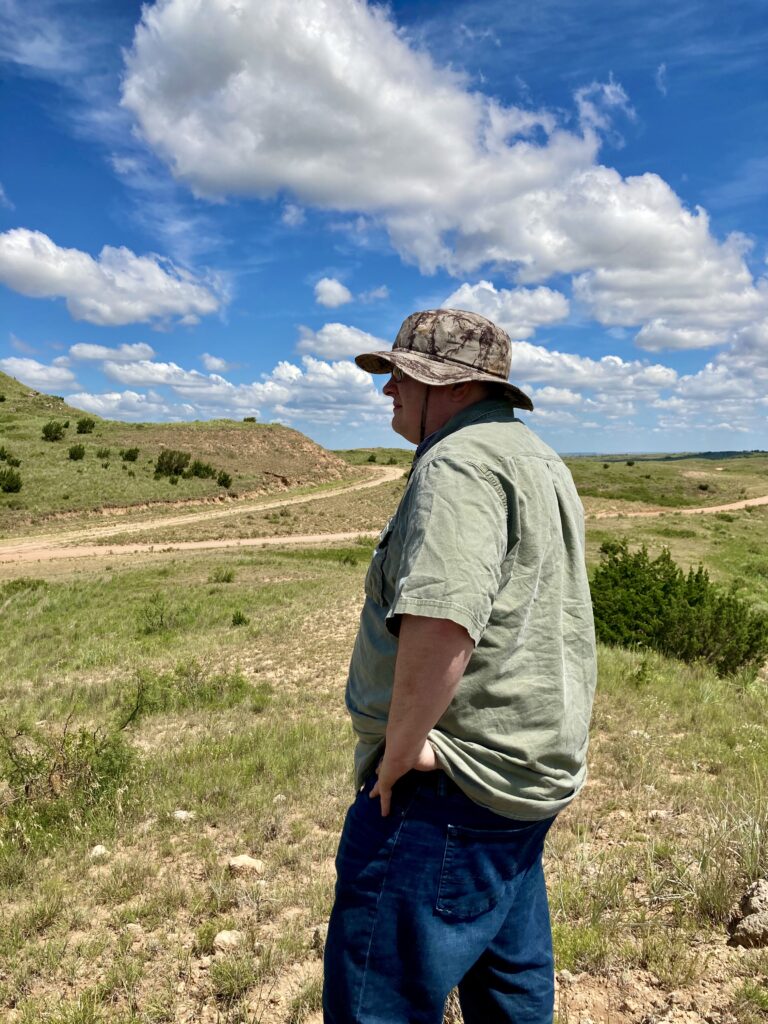
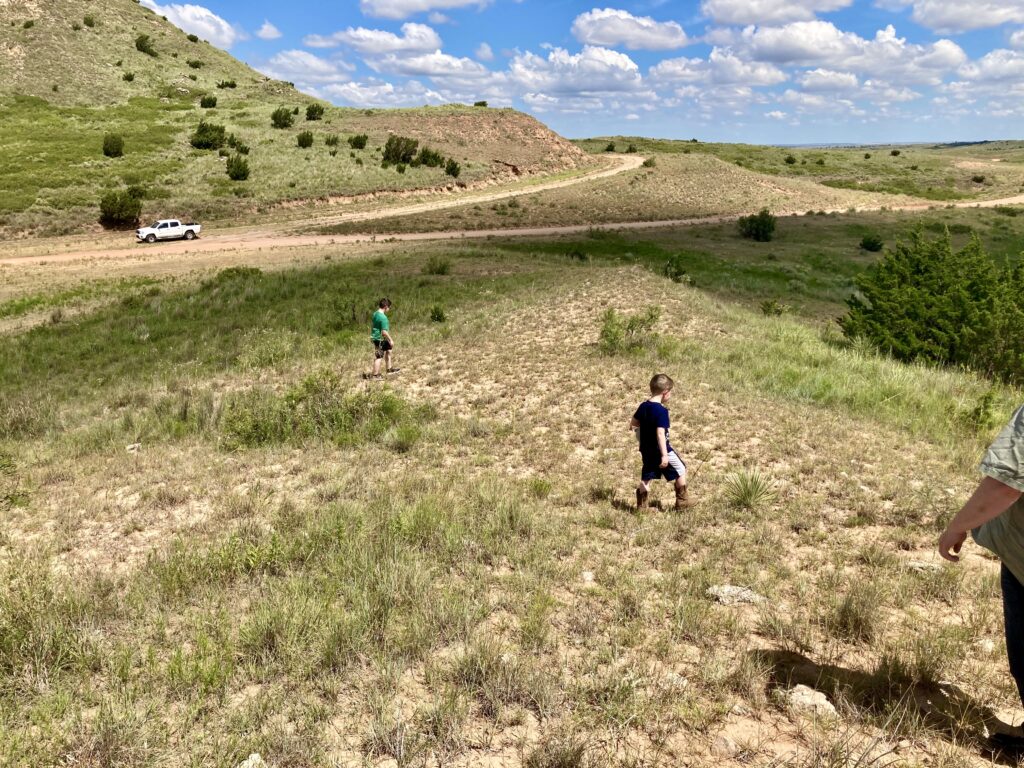
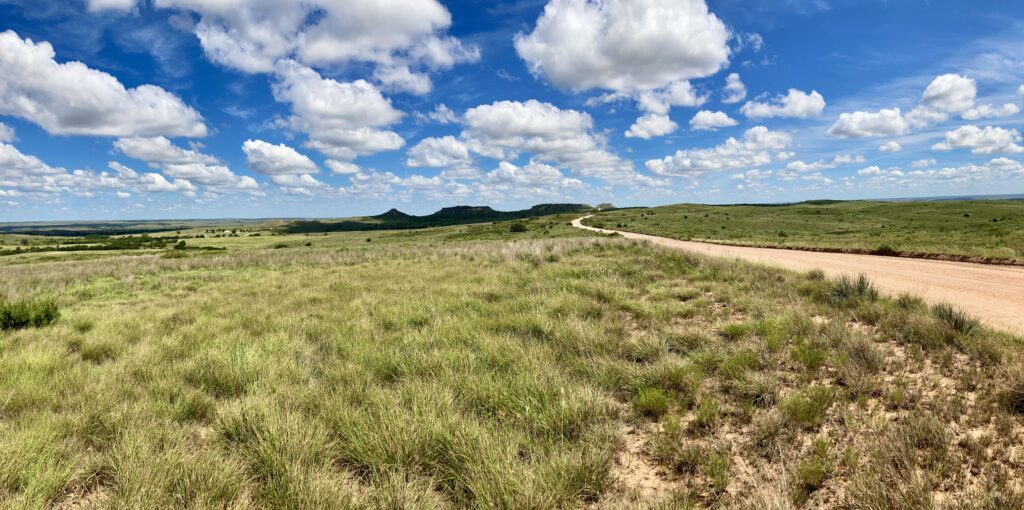
Antelope Hills is also historically significant. It was a dominate landmark on the “California Road.” The California Road was a series of paths that needled their way across the Great Plains. The large, dominate landmarks stood tall on the horizon — a welcoming site for weary travelers. Seeing these natural monuments, gold prospectors heading to California knew they had not lost their way in the endless waves of grass.
But, even though the towering hills served as geographical lighthouses for weary travelers, they also marked danger. After all, the Comanche Tribe still dominated this area and used the Antelope Hills area for lodging. The Comanches, the most fearsome and powerful of all Plains tribes, dominated the southern plains for centuries. By 1849, the year of the great California gold rush, the Comanches had already defeated most rival tribes in the area along with the countries of Spain, Mexico, Texas, and the United States. The Comanches were able to execute devastating hit-and-run raids throughout Comancheria. Then, as quickly as they came, the Comanches retreated to the heart of its territory — an impenetrable ocean of grass, void of landmarks, water, or other indices of direction. In fact, until 1858, no white man even dared to pierce the foreboding emptiness of the southern plains in pursuit of the Comanches.
Eventually, Texas, growing tired of the constant raids, enlisted “Rip” Ford and the Texas Rangers to track down and destroy any hostile Indians. Rip Ford, along with his Indian scouts, dared to launch an expedition into the endless abyss. Eventually, Ford, his Rangers, and Scouts, found a Comanche village nestled on the Little Robe Creek (about three miles north of the Antelope Hills). After slaughtering, massacring, and cannibalizing a village of sleeping Comanches, Rip Ford and his allies settled into a defensive position while Comanches, knowing they were outgunned, gathered allies and coaxed many Tonkawas into one-on-one bouts to the death (where many Tonkawas were killed). In the end, Rip Ford, knowing the odds were against him, withdrew back to Texas.
Rip Ford proved that the Comanches were no longer safe in the heart of their home. He proved that “[t]he Comanches can be followed, overtaken, and beaten, provided the pursuers will be laborious, vigilant, and are willing to undergo privations.” The tactics cultivated, honed, and practiced at the Antelope Hills would prove decisive in defeating the Comanches. But, for now, Comanches continued to dominate this area, defeating Kit Carson at the Battle of Adobe Walls in 1864 (about 70 miles west of Antelope Hills), before finally falling in 1874 at the Battle of Palo Duro Canyon.
Rip Ford’s expedition to the Antelope Hills also set out off a political firestorm. After all, Rip Ford violated federal law. He took a state-sanctioned militia across federal lands (Indian Territory) to pursue and punish hostile Indians. And, to this end, he highlighted the ineptitude of federal troops stationed in the West. Sam Houston, a member of Congress, would rebuke federal troops, stating, “[g]ive us one thousand Rangers and we will be responsible for the defense of our frontier.”
Though small in scope, regional, and seemingly of no national importance, the Battle of Antelope Hills serves as a microcosm of politics at the time and a primer on how Plains warfare and settlement would be carried out in the future. Federal ineptitude, a State’s blatant disregard for federal jurisdiction, a State viewing its militia as greater than that of the federal army, and a State’s desire to expel federal authority from its region. Yes, Antelope Hills was small, regional, and insignificant. But, greatness is usually created as a result of a series of smaller, seemingly insignificant events. Maybe the false confidence Texas gained from its “victory” at Antelope Hills emboldened its leaders that it could win its independence, thus leading to its secession from the Union just a few years later. After all, the Battle of Antelope Hills and Texas’s incursion into the federally-held and operated Indian Territory and attack on an Indian population marked the first time a state, in defiance of federal authority, raised a militia to invade federal lands in direct contravention of federal law and treaties. So, Antelope Hills, in one sense, can be seen as the start of open hostilities between the federal government and its states — the North versus the South. It wasn’t Sumter that started the Civil War. Rather, it was a band of Texas Rangers, pursuing Comanches in open defiance of federal authority. Maybe a regional, insignificant forgotten battle in “nowhere” Oklahoma is not that unimportant or insignificant after all.